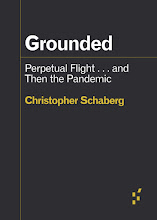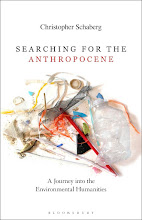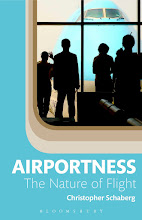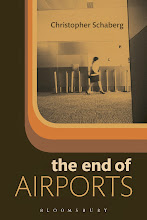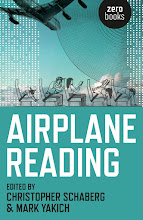Below is a brief talk I recently gave to the Visiting Committee to the College of Humanities & Natural Sciences at Loyola.
As an undergraduate I went to a rather crazy, small liberal arts college in the Midwest—I won’t name names.
I spent the first two years there wondering what I was doing, where I was going, how I was supposed to figure out my major…
Then about halfway through, the liberal arts mission of the college kicked in. I found that I had amassed many English and Philosophy courses, without really even trying. The question of my major was magically settled. My physics, biology, and Latin classes had captivated me just as much—and I continued taking courses in those disciplines, as well.
I ended up loving my education for all its eccentricities. It gave me an intellectual foundation for which I am more grateful every year.
I earned my PhD from a very different kind of school: the University of California, Davis, where I specialized in American Literature and in critical theory. At UC Davis, you also earn an obligatory degree in wine tasting, because it has one of the world’s foremost oenology & vitaculture programs, and the graduate students and local wineries always need volunteers to taste their new vintages. This skill came in handy once I was on the job market, and I still think my description of a certain Rhone wine at Herbsaint could have played a key role in landing me this job.
Needless to say, I was thrilled to be offered a position in the English department in 2009, and to be back on a small campus. And I have thrived here: I love my students, and I have had generous support from my Dean and my home department over the past five years to carry out my research, which focuses on a wide range of cultural studies topics. In 2011 my book on airports in American literature was published, and just this past month my academic study of the actor Brad Pitt came out. (Don’t ask.)
I currently edit a series of essays and pithy books published by
The Atlantic and Bloomsbury, called Object Lessons: each author takes on a specific object, and writes about it for a general audience. Topics in this series include blankets, hotels, dust, golf balls, phone booths, trees, bread…I could go on and on, for the series is of infinite scope.
In all my writing projects, I have involved students in the publication process—giving them hands-on, real world experience that they can take with them once they leave Loyola. I recently heard from one graduate who took an editorial position with North Atlantic Books in San Francisco; another student emailed me just last week to say she’d been offered a highly selective internship position with Columbia University Press. I’ve also seen my former students go on to terrific graduate programs at institutions all over the country, in fields ranging from film production and creative writing to liberal arts and media studies.
At Loyola, in the College of Humanities and Natural Sciences, I’ve been able to integrate my teaching and scholarship at very turn: whether this means offering an interdisciplinary seminar on airports for first year Honors students, or creating a senior-level seminar on the late (and very challenging) author David Foster Wallace—a course which several students demanded, and who was I to say no?
When I was in college, one of my philosophy professors, Dr. Stephens, had this intense teaching habit: if a student would answer a question with a vague or academic answer, Dr. Stephens would slam his hand down on the table and practically scream,
"Make it real!”
Likewise, but perhaps a bit more gently, I always try to impress upon my students that the distinction people make between college and the so-called ‘real world' is a false one. It’s just that it is up to us to actually treat college as a real world, with real implications. Whether I’m discussing postmodern literature with students, or working to help them write vivid prose ready for publication, I’m constantly reminding them that our ideas matter, and that they shape and are shaped by the world around, a world that urgently needs us to be aware and involved.
In the College of Humanities and Natural Sciences, I think we share this feeling, this real-world obligation toward our teaching and scholarship. We’re not detached, and the students recognize this, and they thrive when they realize that we are earnestly inviting them into real world adventures that require intellect and imagination. I’m glad to be a faculty member at Loyola, and excited to see what the future holds for our college.




























